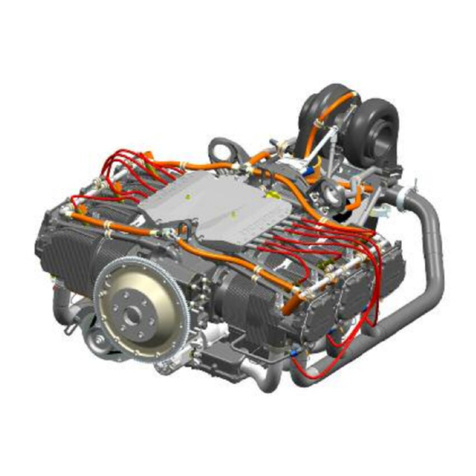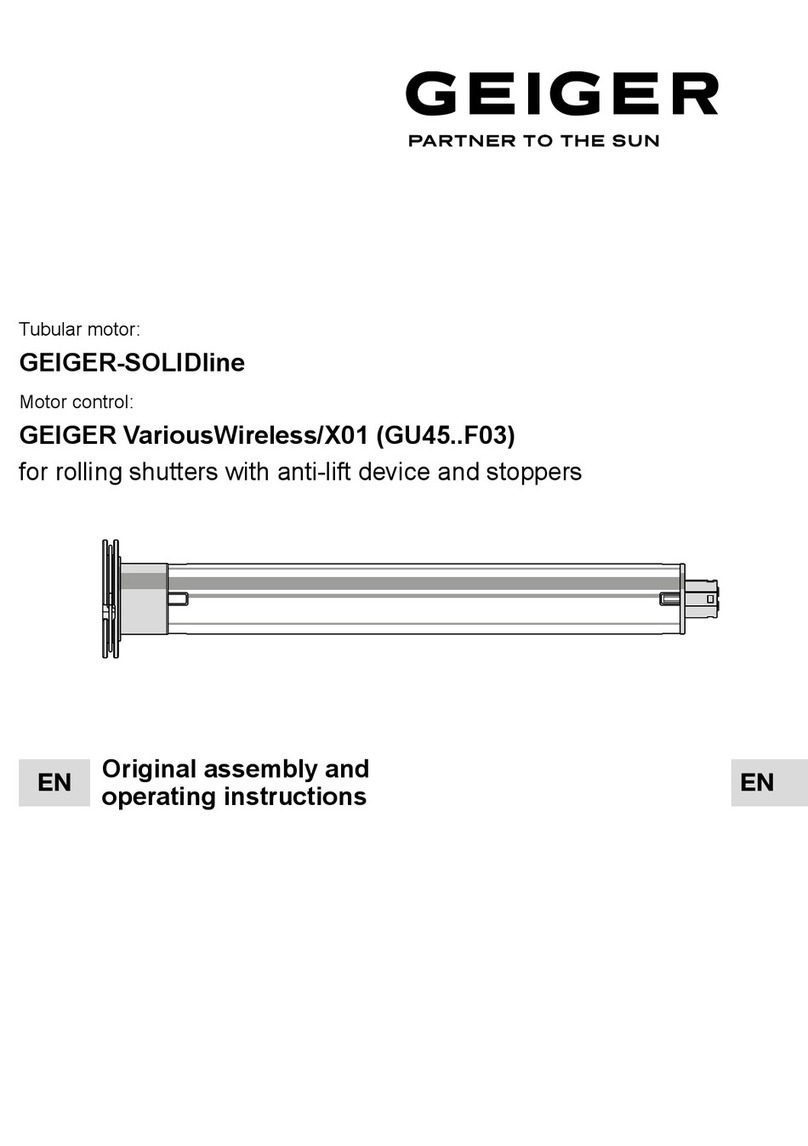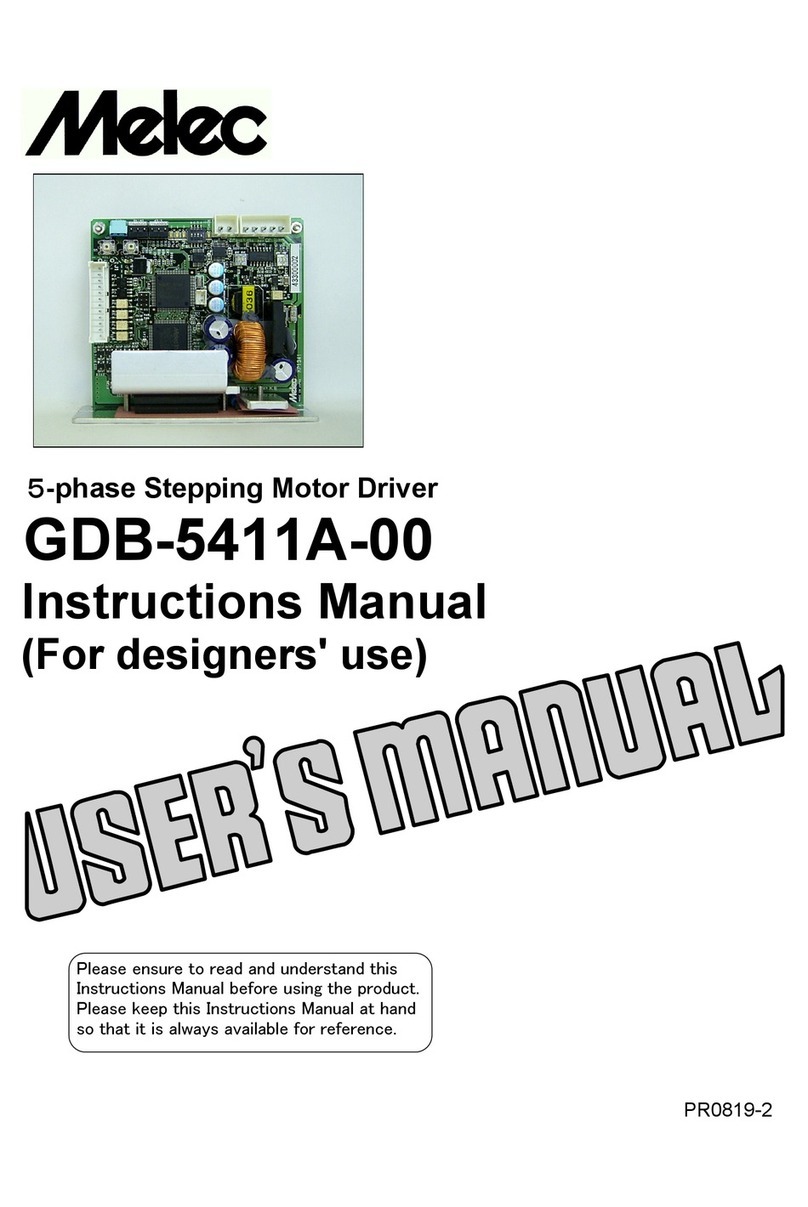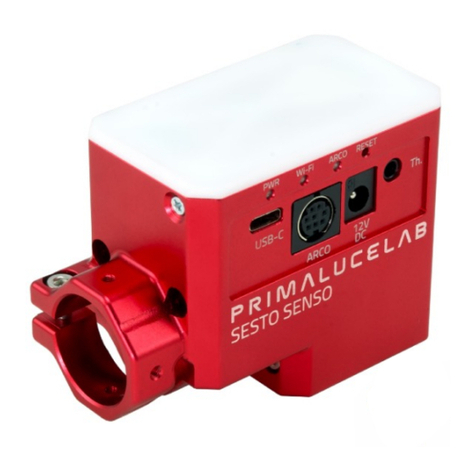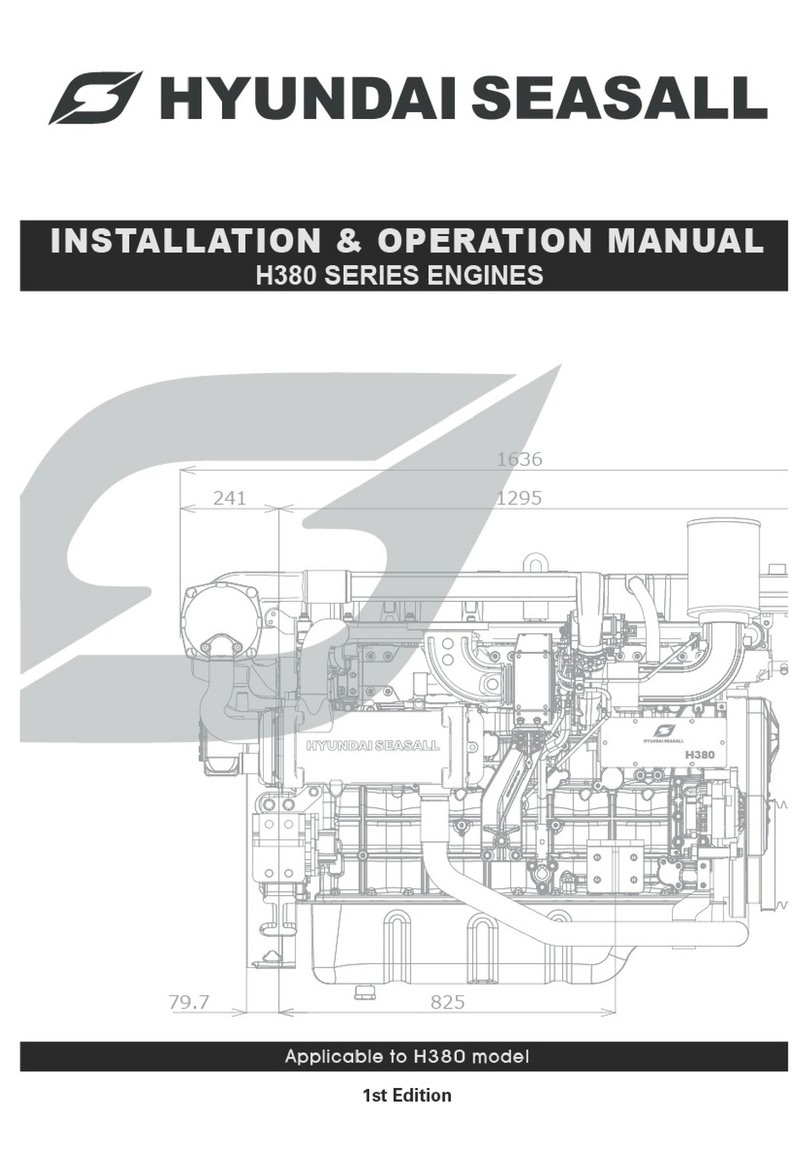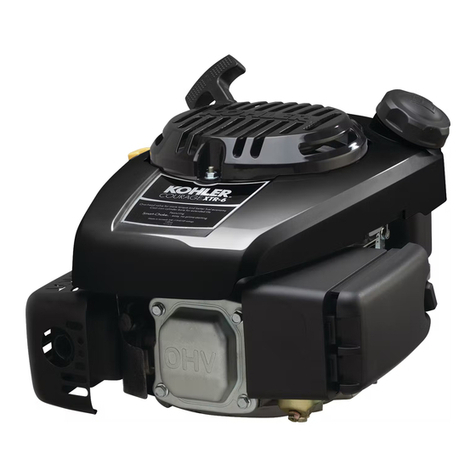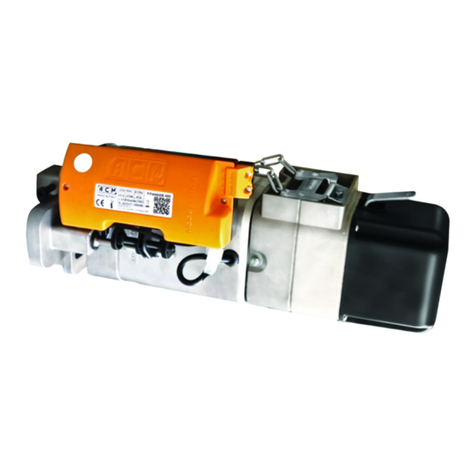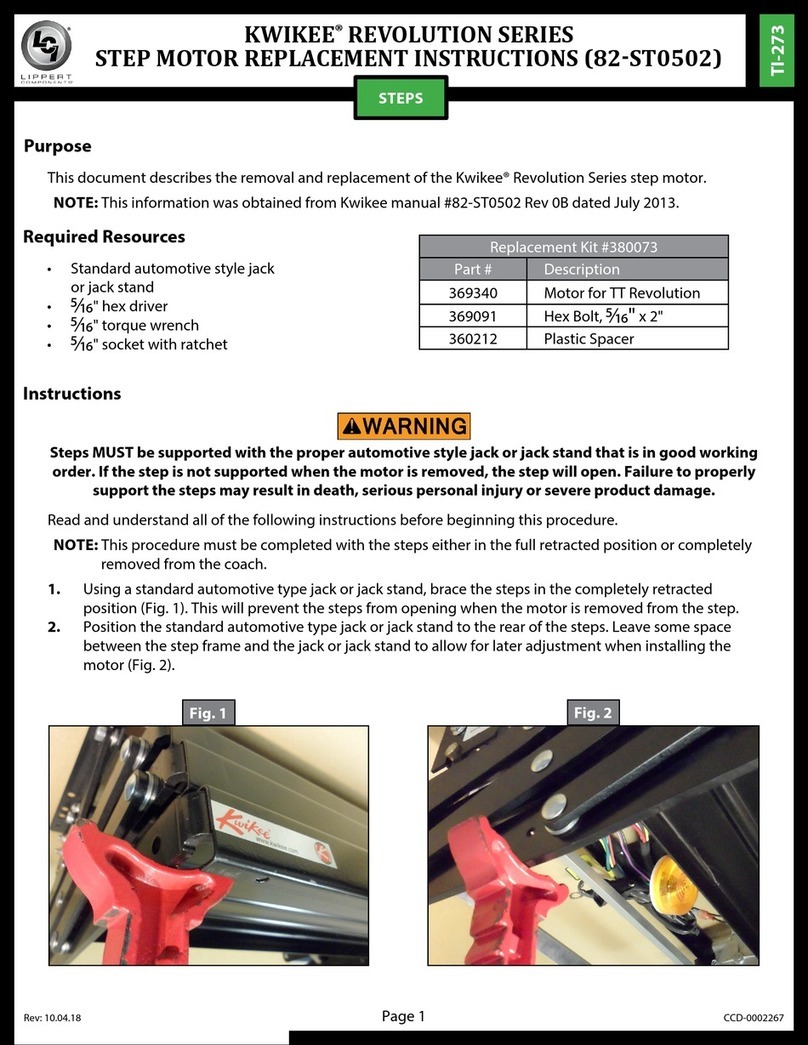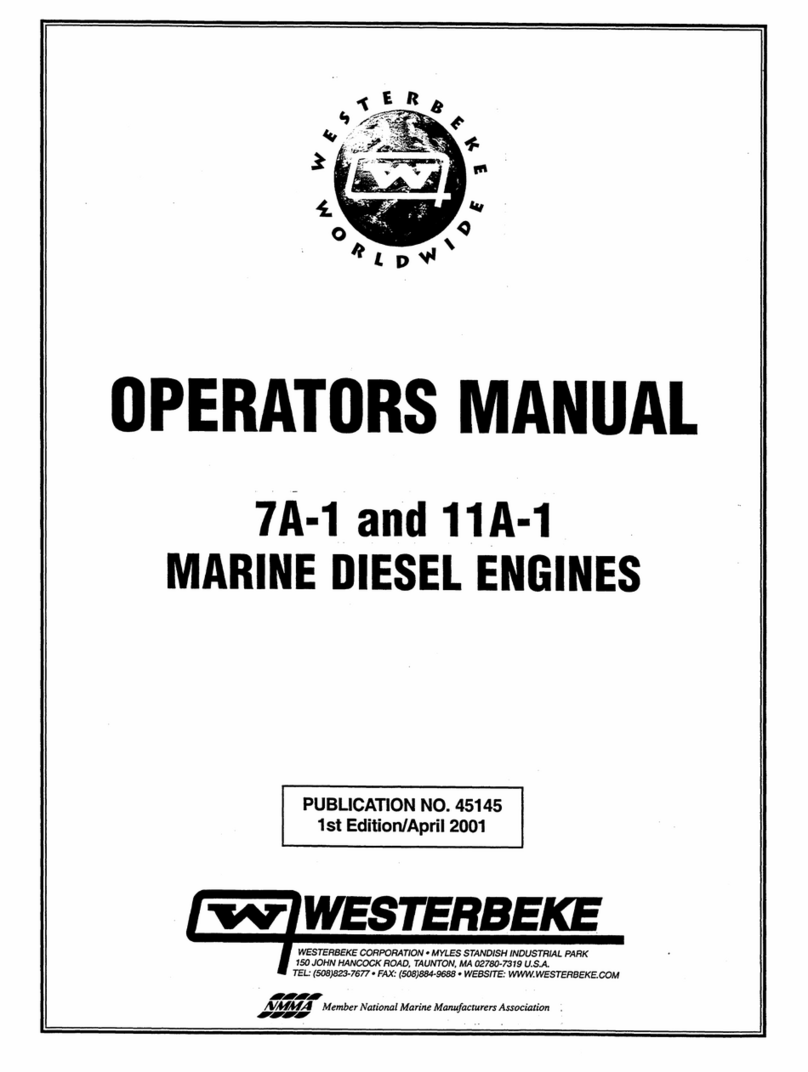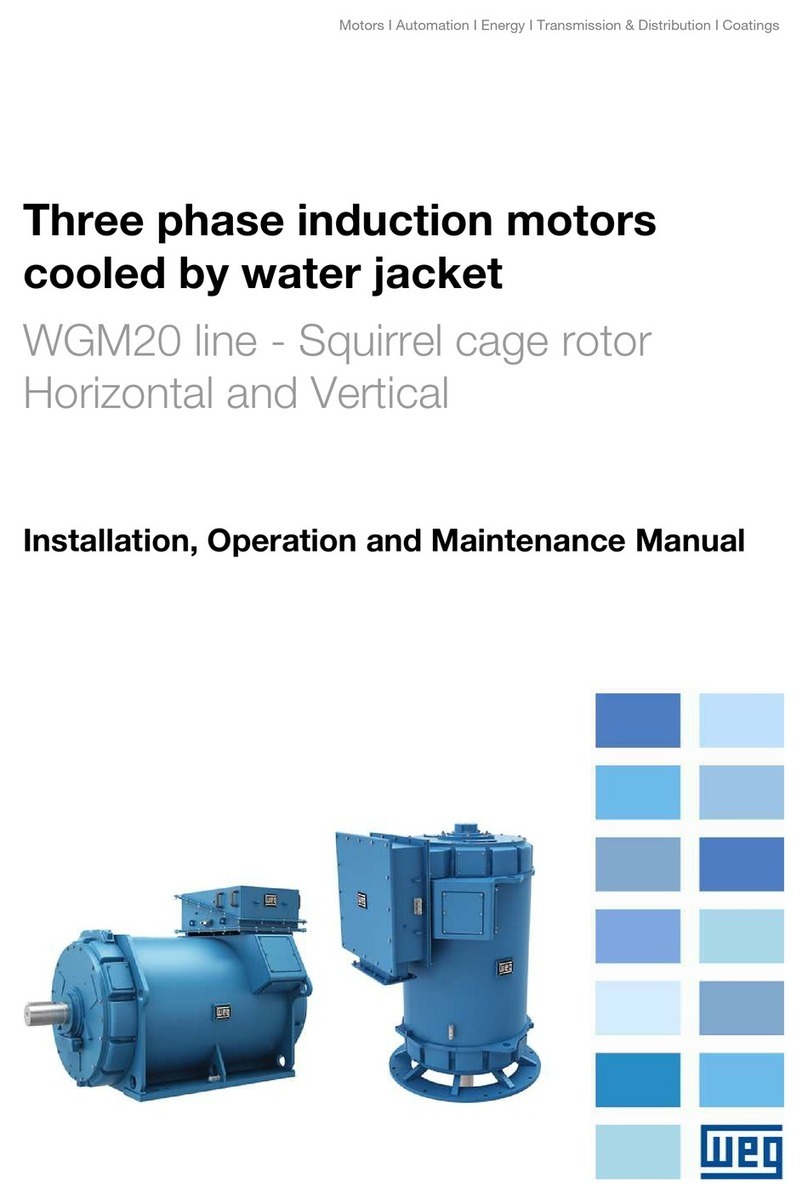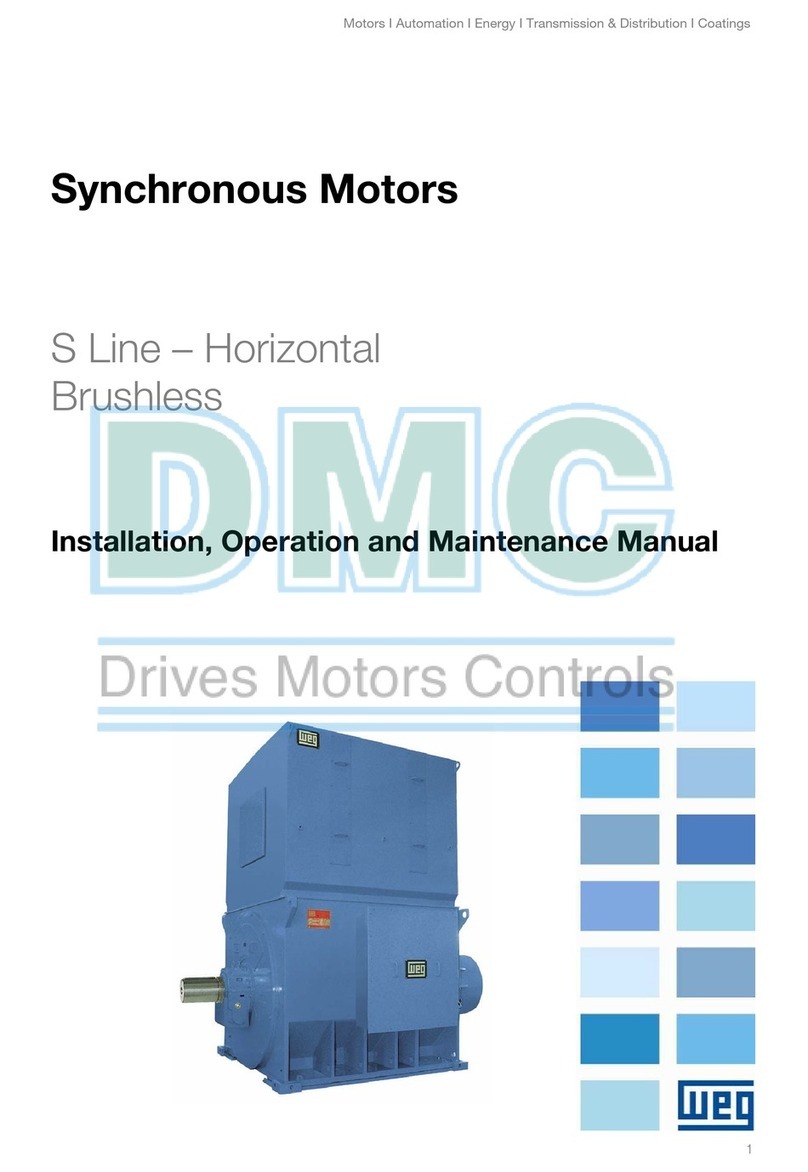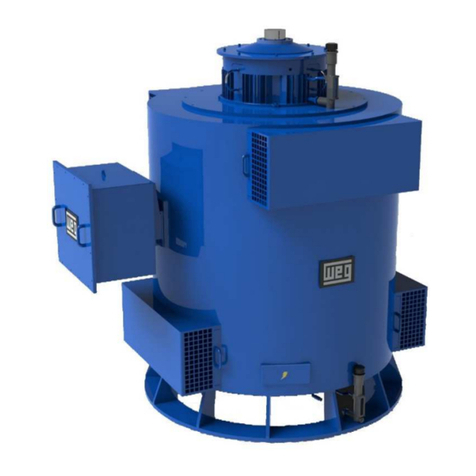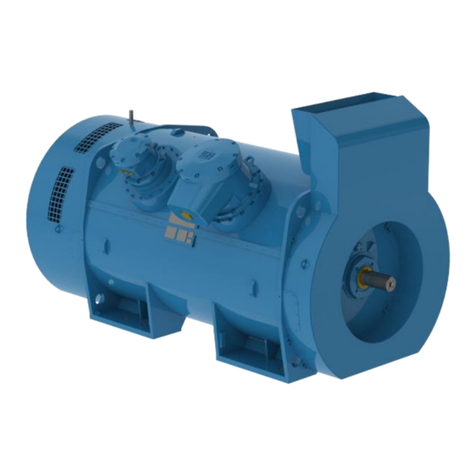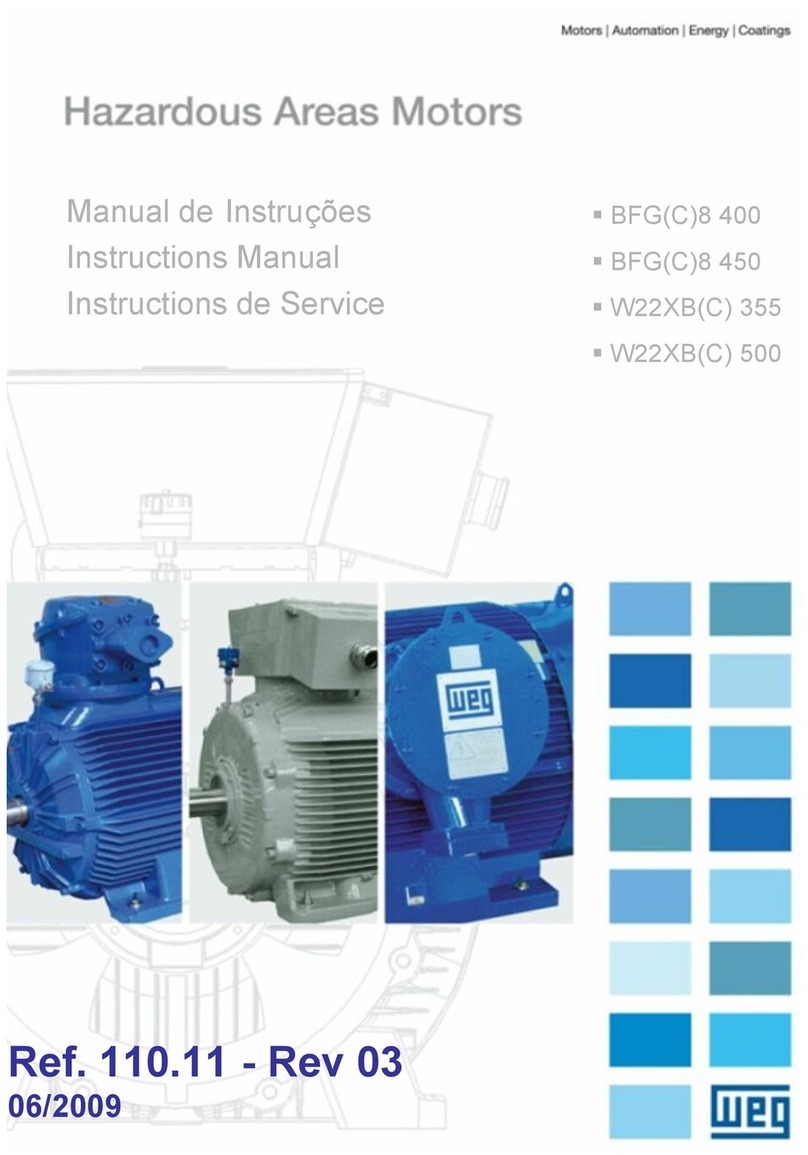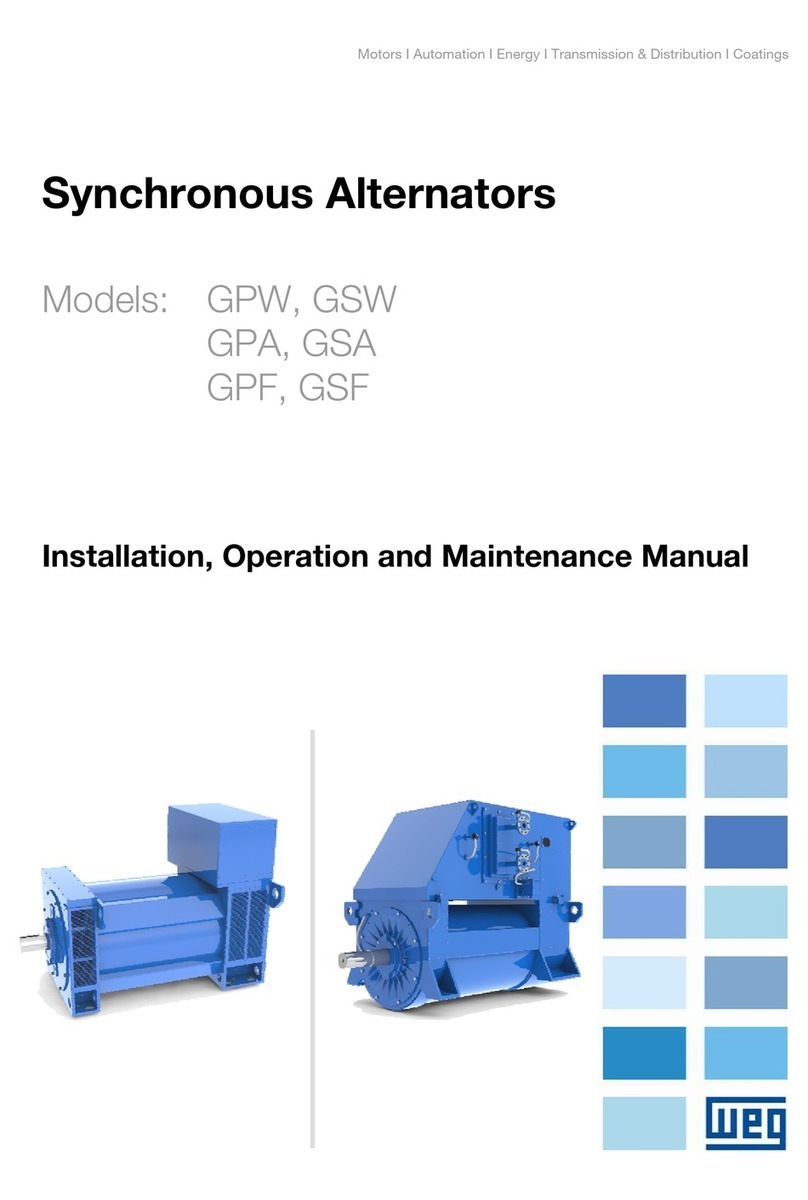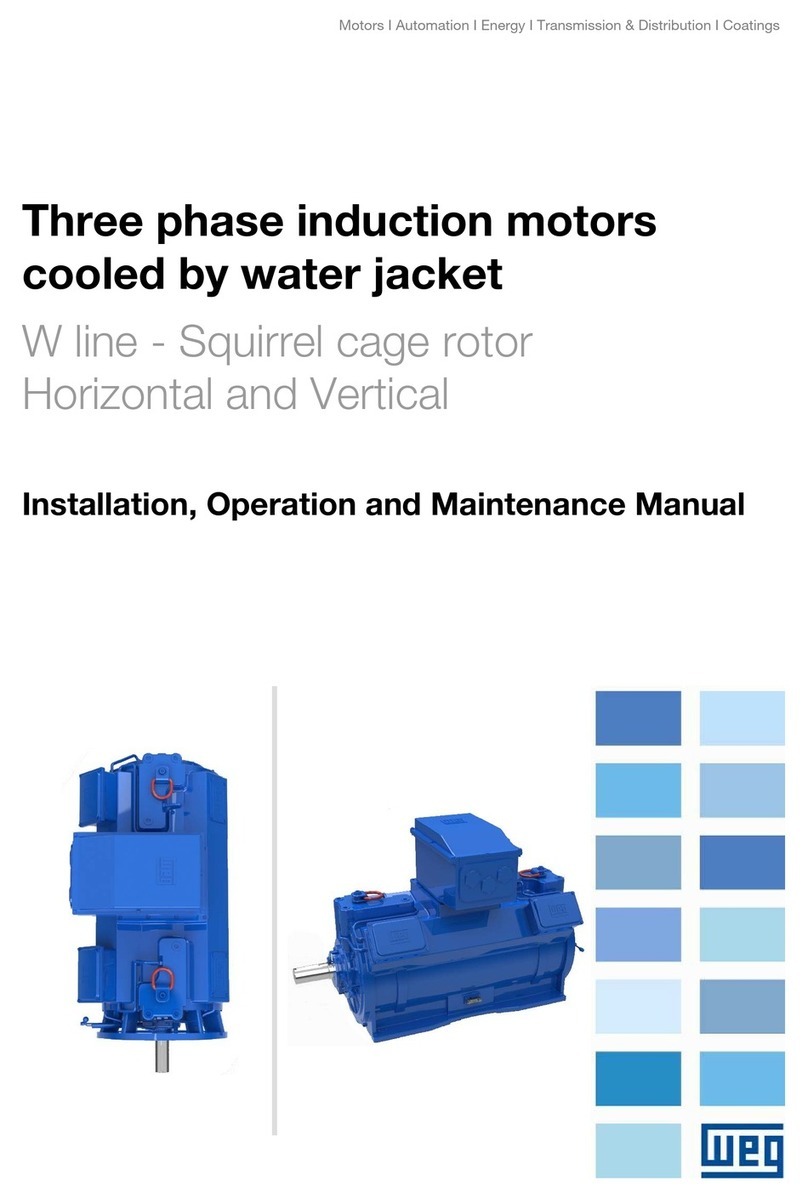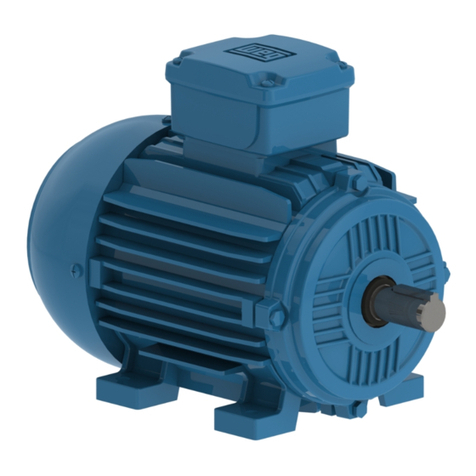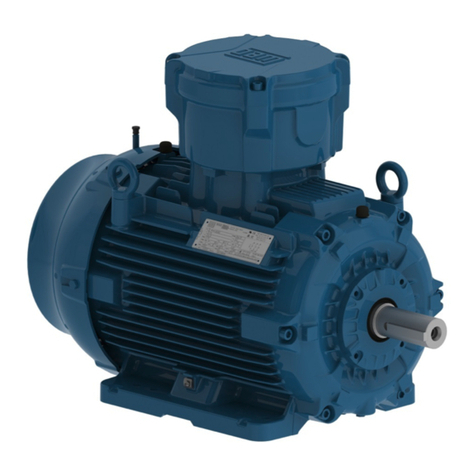7.2.2.Checking the insulation resistance
7.2.3.Connecting the ground conductor
The insulation resistance needs to be checked prior to start-up and again after any extended periods of storage or periods
during which the equipment is not in operation!
Before you begin measuring the insulation resistance, please read the manual for the insulation resistance meter you are
going to use. Any cables of the main circuit, which are already connected, should be disconnected from the terminals in
order to carry out the insulation measurements.
Where possible, measure the minimum insulation resistance of the winding to the motor enclosure when the winding tem-
perature is between +20°C and +30°C. For other temperatures, different values apply to the insulation resistance. When
taking the measurement, you must wait until the nal resistance value is reached (approximately 1 minute).
If the critical insulation resistance is less than or equal to this value, the windings must be dried or, if the fan is
removed, cleaned thoroughly and dried. Note that the insulation resistance of dried, clean windings is lower than
that of warm windings. The insulation resistance can only be properly assessed after conversion to the reference
temperature of +25 °C. If the measured value is close to the critical value, you must subsequently check the insula-
tion resistance at appropriately frequent intervals.
The following Table 1 indicates the measuring circuit voltage together with the minimum insulation resistance and the
critical insulation resistance. Values apply at a winding temperature of +25°C.
Also note the following points:
■When measuring at winding temperatures other than +25°C, the measured value must be converted to the reference
temperature of +25°C. The insulation resistance is reduced by a factor of a half for every 10 K increase in temperature,
and it is increased by a factor of two for every 10 K decrease in temperature.
■ New, dry windings have an insulation resistance of between 100 and 2,000 MΩ, or even higher values in some cases. If
the insulation resistance is close to or below the minimum value, the cause could be humidity and/or dirt accumulation.
The windings must then be dried.
■During operation, the insulation resistance of the windings can fall to the critical insulation resistance due to ambient
and operational inuences. Depending on the rated voltage, the critical insulation resistance for a +25 °C winding
temperature can be calculated by multiplying the rated voltage (kV) by the specic critical resistance value (0.5 MΩ/kV);
e.g. critical resistance for a rated voltage (UN) 690 V: 1000 V x 0.5 MΩ/kV = 0.345 MΩ
The grounding has to be connected in the terminal box at the place intended for this purpose and marked accordingly.
The cross-section of the ground conductor of the machine must comply with the regulations for electrical installations, e.g.
DIN EN IEC 60204-1.
During the measurement, and immediately afterwards, some of the terminals are at hazardous voltage levels and
must not be touched. Carry out a check with the power cables connected that no voltage can be applied.
Rated voltage
Urated < 2 kV
Measuring circuit voltage 500 V
Minimum insulation resistance with new, cleaned or repaired windings 10 MΩ
Critical specic insulation resistance after a long operating time 0.5 MΩ/kV





















